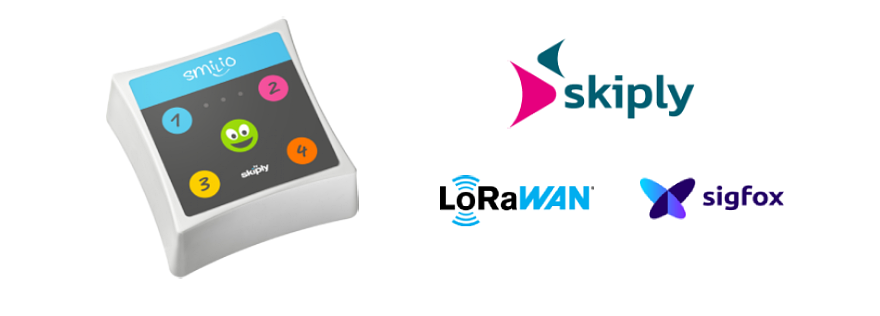- 📖🕓 ≈ 9 min - Last modified on 11th April, 2024 Most recently, in the device presentation of the Smilio Action Multiservices, you could find out what kind of device this is, which use cases you can implement with it and what significant advantages and limitations it has. As announced, in this second article we now deal with the activation, assembly and configuration of the Smilio A. How can you activate and mount the Smilio A? With regard to activation

